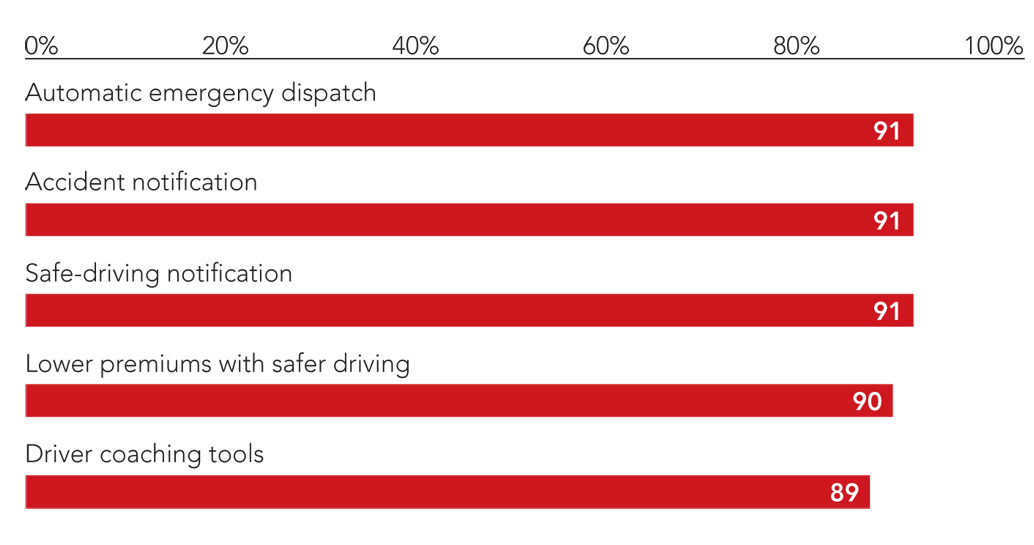Navteq’s business strategy is focusing on more more detail, greater accuracy and added value. Location data provider Navteq has done much to enhance its service offer in recent months, across consumer, commercial and government markets worldwide, and the company reports more to come. Interior destination maps, the most recent addition to Navteq’s pedestrian navigation portfolio, are now being considered for complex transport interchanges to give guidance to transferring passengers, particularly those with m

Navteq data collection technology in operation
Navteq’s business strategy is focusing on more more detail, greater accuracy and added value
Location data providerNavteq director for customer marketing enterprise Europe, Peter Beaumont, says: “It makes possible seamless extension of the navigation experience from the street to within large or complex destinations.”
Map attributes include pedestrian-specific needs such as the locations of stairs, lifts, emergency exits and escalators; recognition of floor levels; and access restrictions. Navteq’s research indicates that 74% of US consumers welcome such support when away from their own areas and 40% when on home ground.
In Europe, the company reports positive response to its 2011 offer of postcode boundary data geo-referenced to its mapping products. The offer is now available in 24 European countries in both Esri Shapefile and MapInfo TAB file formats. Navteq plans to expand it into the Middle East and Africa during 2012.
Typical uses include more effective origin and destination monitoring of road transport movements; and more responsive route planning by public transport concerns, says Beaumont. He instances a bus operator being enabled to review current services and schedules more closely and to introduce denser coverage of a clearly defined area. Among other applications are site selection for commercial developments, disaster response planning, and locational analysis for branch and service networks.
Future challenges for navigation’s underlying technology of geocoding (the mapping of location-based information to an individual piece of data) emerged at the first-ever
One current issue, says Beaumont, is the need for greater specificity within conventional location address ranges, which rely on extrapolation and can be complicated in some countries. In response, Navteq has developed more accurate point addressing in 23 European countries, as well as Israel and Turkey.
Other emerging needs are for adequate delivery directions from the surrounding street network, particularly for oversized vehicles; and external destination mapping within large commercial complexes, such as business parks and industrial estates. Lack of locational information on individual occupants can mean trucks wasting time and fuel; collecting penalties for missing time slots; and (on cross-border journeys) incurring high mobile phone roaming charges in trying to identify the correct destination.
In October 2011 Navteq launched its Loading Dock Locations service, in the US, for use with its existing Navteq Transport truck navigation product. This gives additional point of interest (POI) information such as loading dock names and access, to improve efficiency for ‘the last few hundreds of metres’.
Navteq Director for map and content products North America, Scott Scheuber, says: “As margins continue to narrow in the trucking industry, owing to competition, climbing fuel costs, and just-in-time logistics, companies need to find ways to maximise their time and minimise their risks.” Initial users of loading dock information include airports, convention centres, hospitals, hotels, universities and shopping malls in major US metropolitan areas.
Also in the US, Navteq Traffic service is now powering satellite navigation provider
The service is compatible with other devices via a separately sold adapter. NAVTEQ vice president for sales North America Dave Dale sees the decision as “a great step forward in meeting consumer demand”.








